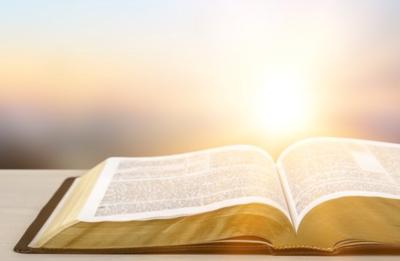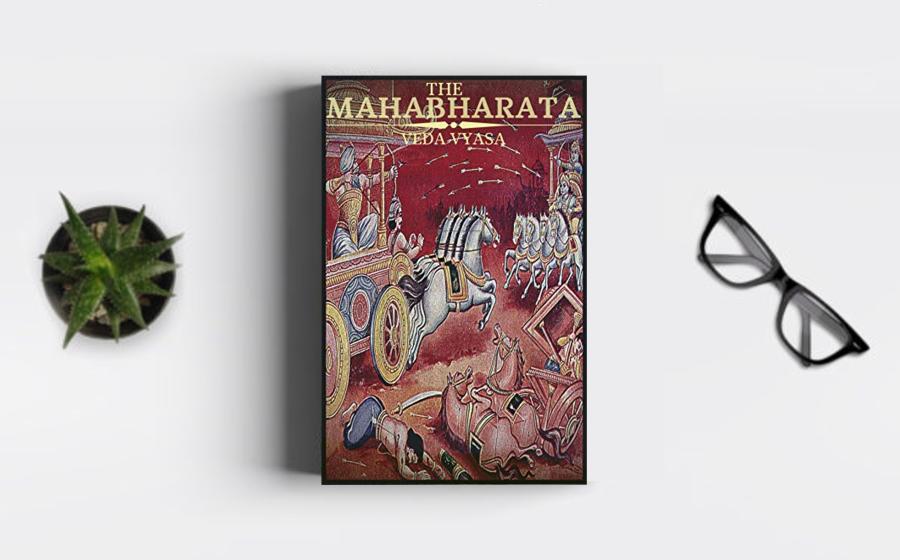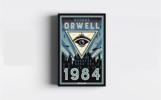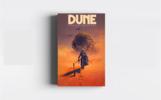"The Mahabharata" stands as a colossal epic, a
narrative behemoth that spans the realms of cosmic
philosophy, intricate human relationships, and profound
moral quandaries. Composed over two millennia ago, this
ancient Indian epic, attributed to the sage Vyasa,
transcends cultural and temporal boundaries to emerge as
a timeless masterpiece. As we delve into the sprawling
verses of "The Mahabharata," it becomes evident that
this epic is not merely a poetic narrative; it is a
cosmic journey that explores the essence of dharma
(righteousness), the complexities of familial bonds, and
the inexorable march of destiny. This literary classic
rightfully claims its place among the top books of all
time, offering readers an immersive experience into the
rich tapestry of human existence, moral dilemmas, and
the cosmic order that governs the universe.
At the heart of "The Mahabharata" lies an epic scale
that dwarfs the imagination. Comprising over 100,000
shlokas (verses) and divided into eighteen parvas
(books), this monumental work is not just an epic; it is
a cosmic odyssey that traverses the vast expanse of
human experience. The narrative unfolds against the
backdrop of the Kurukshetra War, a conflict that shapes
the destinies of innumerable characters and sets in
motion a series of philosophical discourses that probe
the very fabric of existence.
The sheer magnitude
of characters, events, and moral conundrums presented in
"The Mahabharata" places it in a league of its own. The
epic's exploration of the cosmic order, dharma, and the
intricate web of human relationships creates an
unparalleled tapestry that captures the complexities and
nuances of life. In the tradition of literary epics that
transcend their cultural origins, "The Mahabharata"
becomes a narrative vehicle that propels readers into a
timeless exploration of the human condition and the
cosmic forces that govern our existence.
One of the defining features of "The Mahabharata" is
its profound engagement with the concept of dharma, the
moral and righteous path that individuals are expected
to follow. The epic presents an intricate web of ethical
dilemmas faced by its characters, forcing them to
grapple with the complexities of duty, righteousness,
and the consequences of their actions.
The
character of Arjuna, standing on the battlefield of
Kurukshetra, torn between familial loyalties and the
moral dilemma of fighting against his own kin,
encapsulates the ethical complexity inherent in "The
Mahabharata." This pivotal moment, captured in the
Bhagavad Gita (a discourse within the epic), becomes a
philosophical cornerstone that delves into the nature of
duty, the impermanence of life, and the eternal struggle
between right and wrong.
In the tradition of
literary works that explore the moral dimensions of
human existence, "The Mahabharata" becomes a thematic
tapestry that prompts readers to reflect on the timeless
questions of morality and the intricacies of navigating
the ethical landscape. The epic's portrayal of moral
dilemmas serves as a universal reflection on the human
experience, transcending cultural and temporal
boundaries.
At the heart of "The
Mahabharata" lies the intricate web of human
relationships, a labyrinth of familial bonds,
friendship, and loyalty. The epic weaves a complex
narrative of dynastic struggles, sibling rivalries, and
the interplay of love and duty within the Kuru dynasty.
The characters, from the noble Pandavas to the flawed
Kauravas, are emblematic of the multifaceted nature of
human relationships.
The fraternal bonds between
the Pandavas and Kauravas, particularly the profound
friendship between Arjuna and Krishna, showcase the
epic's exploration of the complexities of camaraderie in
the face of familial discord. The themes of loyalty,
betrayal, and the intricate dance of kinship are
portrayed with such depth and nuance that they resonate
with readers across cultures and epochs.
In the
literary tradition of works that delve into the
intricacies of human relationships, "The Mahabharata"
emerges as a narrative gem that invites readers to
reflect on the dynamics of family, friendship, and
loyalty. The epic's portrayal of characters navigating
the complexities of their relationships adds a universal
dimension to the narrative, making it a perennial
exploration of the human heart.
Embedded within the narrative fabric of "The
Mahabharata" are profound philosophical discourses that
elevate the epic to a cosmic treatise on life,
existence, and the nature of reality. The Bhagavad Gita,
a conversation between Arjuna and Krishna on the
battlefield, encapsulates the essence of these
philosophical insights, presenting a timeless dialogue
that transcends the boundaries of space and time.
The Bhagavad Gita delves into fundamental questions
of duty, righteousness, and the nature of the self.
Krishna's teachings to Arjuna encompass the concepts of
selfless action (karma yoga), devotion (bhakti yoga),
and the pursuit of knowledge (jnana yoga). The
philosophical depth of these discourses goes beyond the
immediate context of the Kurukshetra War, offering
readers a transcendent wisdom that resonates with the
perennial quest for meaning and purpose.
In the
tradition of literary works that engage with profound
philosophical inquiries, "The Mahabharata" becomes a
repository of cosmic insights that invite readers to
contemplate the timeless truths embedded in its verses.
The epic's philosophical discourses serve as a guiding
light, illuminating the path of self-discovery and
ethical living.
"The Mahabharata"
incorporates a rich tapestry of mythical elements,
introducing readers to a pantheon of divine beings,
celestial realms, and supernatural occurrences. From the
divine interventions of Krishna to the cosmic visions
experienced by the characters, the epic blends the
earthly and the divine in a seamless narrative flow.
The presence of divine beings, such as Krishna,
elevates the narrative beyond the realm of mere mortals,
infusing it with a cosmic energy that transcends the
limitations of human understanding. The epic's
incorporation of mythical elements aligns with the
literary tradition of exploring the intersection between
the mundane and the supernatural, inviting readers to
contemplate the mysteries of the cosmos.
The
celestial realms, mystical weapons, and the cosmic
vision of the entire epic contribute to its mythical
grandeur. "The Mahabharata" becomes a literary canvas
that paints the cosmic drama of gods and mortals,
creating a narrative landscape that captures the
imagination and prompts contemplation of the mystical
dimensions of human existence.
"The Mahabharata," it becomes clear that this ancient Indian epic is not merely a product of its cultural milieu; it is a timeless beacon of cosmic wisdom that illuminates the human journey through the vast expanse of existence. The epic's epic scale, exploration of moral dilemmas, portrayal of human relationships, philosophical discourses, mythical elements.






